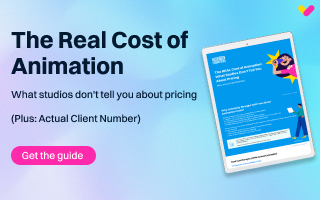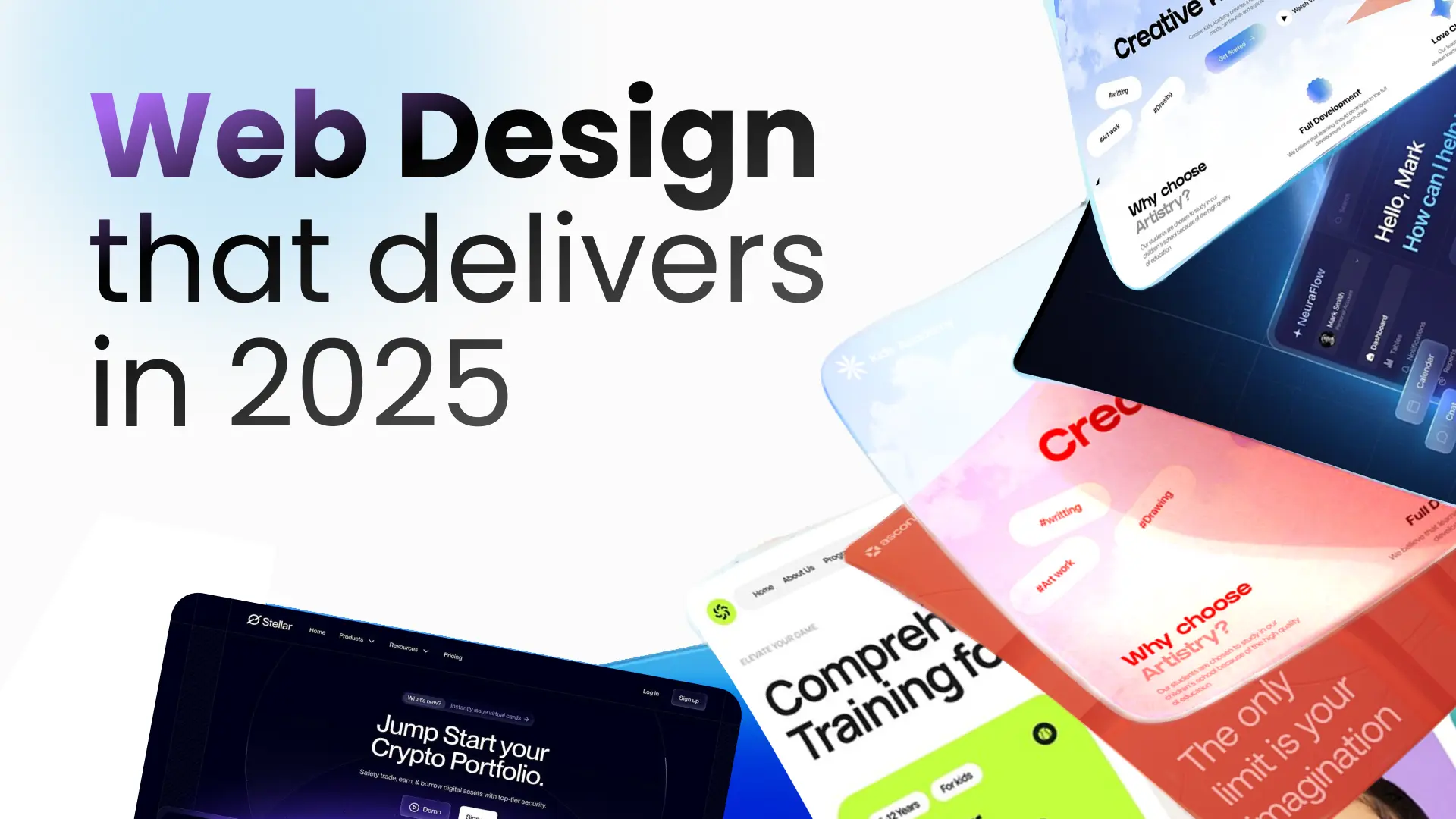
Top 7 animation styles used in marketing and branding
Animation
July 14, 2025
minutes

About the project
It is a long established fact that a reader will be distracted by the readable content of a page when looking at its layout. The point of using Lorem Ipsum is that it has a more-or-less normal distribution of letters, as opposed to using 'Content here, content here', making it look like readable English.
Video styles
Industries
Services
Our involvement
Storyboarding
Commercial Production
Dedicated Project Manager
Dedicated Project Manager
Dedicated Project Manager
Typically takes 15 minutes
TL; DR
Animation has become an essential tool for modern marketing and branding, offering a range of styles to match different goals, tones, and audiences. From the expressive charm of 2D animation, perfect for emotional storytelling, to the immersive realism of 3D animation, which adds depth and sophistication, each style brings distinct advantages.
Motion graphics are ideal for data-driven storytelling and clean, professional visuals, while traditional animation stands out for its handcrafted artistry and nostalgic appeal. Cut-out animation offers a minimalist, puppet-style effect that’s especially effective in educational or playful contexts. Whiteboard videos simplify complex ideas using a clean, real-time drawing aesthetic, making them great for explainers and corporate training. Lastly, marketing cartoons use humor and character-driven narratives to create memorable brand impressions and drive emotional engagement.
Whether you're explaining a service, telling your brand story, or simply capturing attention in a crowded market, choosing the right animation style is key to delivering your message effectively.
Explore the full blog to understand the strengths of each style and find out which one fits your brand best.
Animation isn’t just a feast for the eyes—it’s a serious tool for any business looking to stand out in the digital age. As it has grown and diversified, a wide array of animation styles have emerged, each bringing its own flavor and advantages to the table. Let’s explore these styles, their uses, and how they can have a real impact on your brand awareness and marketing efforts.
- 2D animation
2D animation is a timeless classic that captures hearts with its hand-drawn charm and simplicity. Today, it's not just about nostalgia; businesses use 2D animation to create engaging marketing videos that can simplify complex messages and boost sales. Its expressive characters and captivating narratives make it perfect for commercials and explainer videos that need to connect emotionally with viewers.
- 3D animation
In contrast to 2D animation, 3D animation adds an extra dimension of depth and realism to the storytelling. This style utilizes computer-generated imagery (CGI) to create lifelike characters, environments, and special effects. From blockbuster movies to immersive video games, 3D animation has revolutionized the entertainment industry, pushing the boundaries of visual storytelling to new heights.
- Motion graphics production
Motion graphics production blends animation with graphic design elements to convey information in a visually engaging manner. This style is commonly used in advertisements, explainer videos, and user interfaces to communicate complex concepts or data in a simplified and dynamic format. With its emphasis on visual storytelling and seamless transitions, motion graphics production has become a powerful tool for marketers and content creators alike.
- Traditional animation
Traditional animation encompasses various hand-drawn techniques, including cell animation, rotoscoping, and stop motion. While it may require more time and effort, traditional techniques offer a unique aesthetic appeal and tactile quality that cannot be replicated with digital assets. From Studio Ghibli's masterpieces to independent short films, traditional animation continues to captivate audiences with its craftsmanship and artistry.
- Cut-out animation
Cut-out animation, also known as puppet animation, involves manipulating two-dimensional characters and objects cut from paper or other materials. Due to its simplicity and versatility, this style is popular in children's programming, commercials, and educational videos. With advances in digital technology, cut-out animation has evolved into a hybrid of traditional and digital techniques, allowing for greater flexibility and efficiency in production.
- Whiteboard videos
Whiteboard animation simulates the process of drawing on a whiteboard, with animated illustrations appearing as if they are being created in real time. This style is often used in educational videos, explainer animations, and corporate presentations to simplify complex topics and engage viewers visually. With its minimalist aesthetic and dynamic storytelling, whiteboard animation has become a popular choice for conveying information in a clear and compelling manner.
- Marketing cartoons
Marketing cartoons combine humor, storytelling, and animation to promote products, services, or brands in a memorable and entertaining way. This style appeals to audiences of all ages and demographics, leveraging animated characters and scenarios to create emotional connections and drive engagement. Whether it's a playful mascot or a witty animated short, marketing cartoons have the power to leave a lasting impression and boost brand awareness in today's competitive marketplace.
Animation in the digital age
From the hand-drawn elegance of 2D animation to the immersive realism of 3D graphics, the world of animation offers a rich tapestry of styles and techniques to explore. Each style brings unique strengths and creative possibilities, enriching storytelling across various industries and mediums. Whether you're a filmmaker, marketer, educator, or simply an animation enthusiast, there's never been a better time to unleash your creativity and harness the transformative power of animation in the digital age.



%20%2B%2010%20(For%20EEI).png)

.png)





